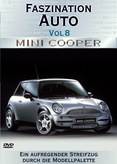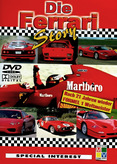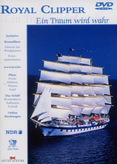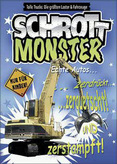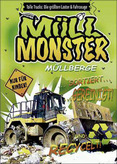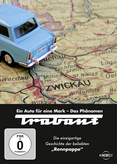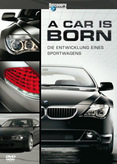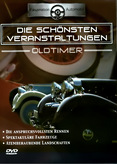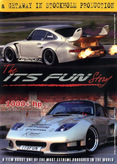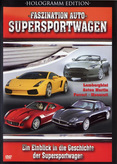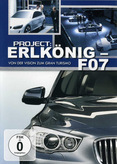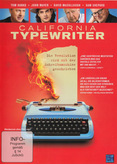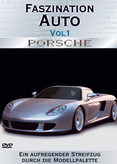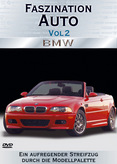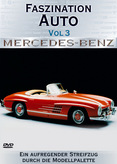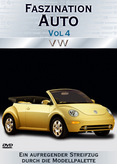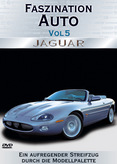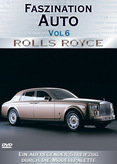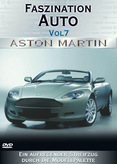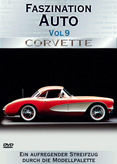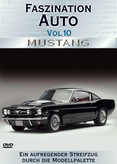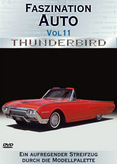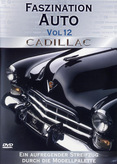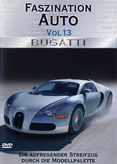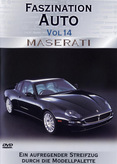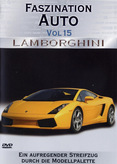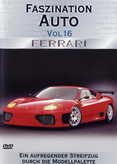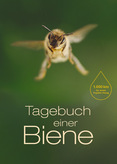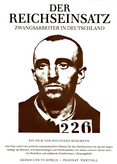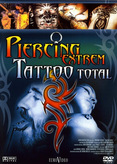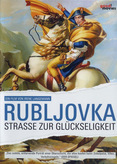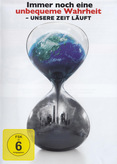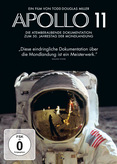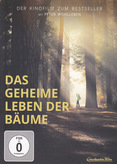Der ursprüngliche Mini war ein revolutionärer und origineller Kleinwagen, der von Sir Alec Issigonis für die British Motor Corporation (BMC) entworfen wurde. Die Besonderheit der Mini-Konstruktion bestand in erster Linie im Quereinbau des Frontmotors, dessen Getriebe unterhalb des Motors angeflanscht war und mit dem Motorblock eine Einheit bildete (das Getriebe teilte sich den Schmierstoff mit dem Motor); sowie den Rädern in 10 Zoll (1959-1984) mit kurzem Karosserieüberhang. Anstoß für die Entwicklung des kleinen und sparsamen Automobil war die Suez-Krise von 1956 - die erste Energiekrise mit deutlich spürbaren Auswirkungen für die westliche Welt. Die ersten in Birmingham hergestellten Fahrzeuge wurden 1959 auf den Markt gebracht. Am 4. Oktober 2000 lief der letzte, während des 41-jährigen Produktionszeitraums technisch nur im Detail veränderte Ursprungs-Mini vom Band. Damit hatte das erfolgreiche Kleinstwagenmodell eine Gesamtstückzahl von 5.387.862 produzierten Fahrzeugen erreicht. Ursprünglich wurde der Wagen Austin Seven oder auch Morris Mini Minor genannt, da der Mini die Nachfolge des Austin 7 angetreten hat und die BMC 1952 aus den Herstellern Austin Motor Company und Morris Motor Company entstand. John Cooper hat seine Erfahrungen mit dem A-Serien-Motor auch im Mini angewendet und wurde zum Haustuner des Werks. In der Öffentlichkeit wird ein Mini immer mit einem Mini Cooper gleichgestellt - dabei ist es egal, ob es sich wirklich um einen Mini handelt, der optisch (in den letzten Baujahren) durch weiße Streifen auf der Motorhaube aber in der Regel durch ein andersfarbenes Fach zu erkennen ist und entweder eine Mehrleistung oder eine andere Endübersetzung oder beides gegenüber den anderen Modellen hat. 2001 entstand unter dem Eigentümer BMW eine Neuauflage des Mini als MINI. Nach der Übernahme verschiedener englischer Marken (Rover, Landrover, Mini, von denen mittlerweile nur noch Mini zu BMW gehört) wurde im Rover-Werk Longbridge die Produktion des New Mini vorbereitet. Nachdem der neue Mini zu einem Großteil durch Rover entwickelt worden war, wurde kurz vor der Trennung von Rover die technische Entwicklung bei BMW in München angesiedelt. Die Produktionslinien des Rover 75 in Oxford im alten Morris-Werk Cowley mussten nach Longbridge umziehen, während die Mini-Produktion nach Cowley kam. Cowley wurde dann im BMW Works Oxford umbenannt und für die Produktion des aktuellen Mini modernisiert.
Weiterlesen »
The original Mini was a revolutionary and original small car designed by Sir Alec Issigonis for the British Motor Corporation (BMC). The special feature of the Mini design was primarily the transverse installation of the front engine, whose gearbox was flanged below the engine and formed a unit with the engine block (the gearbox shared the lubricant with the engine); and the 10-inch wheels (1959-1984) with a short body overhang. The impetus for the development of the small and economical automobile was the Suez crisis of 1956 - the first energy crisis with clearly noticeable effects for the Western world. The first vehicles manufactured in Birmingham were launched in 1959. On October 4, 2000, the last original Mini, which had only been technically modified in detail during the 41-year production period, rolled off the production line. This meant that the successful microcar model had reached a total of 5,387,862 vehicles produced. Originally, the car was called Austin Seven or Morris Mini Minor, because the Mini was the successor to the Austin 7 and the BMC was created in 1952 from the manufacturers Austin Motor Company and Morris Motor Company. John Cooper also applied his experience with the A-series engine to the Mini and became the factory's in-house tuner. In public, a Mini is always equated with a Mini Cooper - it doesn't matter whether it is really a Mini, which is visually recognizable (in the last years) by white stripes on the hood but usually by a different colored compartment and has either more power or a different final gear ratio or both compared to the other models. In 2001, a new edition of the Mini was created under the owner BMW as the MINI. After the takeover of various English brands (Rover, Landrover, Mini, of which only Mini now belongs to BMW), the production of the New Mini was prepared at the Rover plant in Longbridge. After the new Mini had been largely developed by Rover, technical development was located at BMW in Munich shortly before the separation from Rover. The production lines of the Rover 75 in Oxford at the old Morris plant in Cowley had to move to Longbridge, while the Mini production came to Cowley. Cowley was then renamed BMW Works Oxford and modernised for the production of the current Mini.
More »
